Frente al tiempo lineal, capitalizado y acelerado en el que intentamos deambular, el arte contemporáneo ha tratado de explorar en las últimas décadas modalidades alternativas de experiencia temporal: interrupciones, demoras, alteraciones, saltos, discontinuidades, desincronizaciones…
El proyecto profundiza en elementos comunes con trabajos anteriores: lo ondulante, el movimiento en lo fugitivo y la fragmentación, que se orientan siempre al objetivo de señalar una supervivencia de la imagen. Un destello último que precede a la desaparición. En cierta manera, se podría entender esta nueva presencia del pasado, de lo fantasmal, como una especie de auto-nostalgia, quizás el duelo por un modo de ver y filtrar la realidad así como todo lo que ello supone. O más certeramente, tal y como el propio Tornero propone en muchos de sus anteriores proyectos: potenciar de esta manera la idea misma de retorno.
De este modo, las intenciones que se proponen intentan modular estas propuestas a través de una serie de instalaciones escultóricas y pinturas, en su mayor parte, para entender y aproximarnos a una cultura visual que excede la historia lineal y se repite, se superpone, como una suerte de palimpsesto que deriva en este simbolismo fantasmal, de un tiempo que ha pasado, evocando algo actual y transfiréndole un contexto dramáticamente diferente.
El lienzo y la escultura propuestas por Josep Tornero se encargan, de alguna manera, de materializar lo desaparecido, o lo que estéticamente se encamina a la desaparición. Cuestiones todas atravesadas por la convicción de que el arte reflexiona y nos invita a reflexionar, y que, hoy más que nunca, se configura como un ámbito excepcional para explorar maneras críticas y diversas de rememorar el pasado, vivir el presente y concebir el futuro.
Against the backdrop of linear, capitalized, and accelerated time in which we attempt to navigate, contemporary art has sought to explore alternative modalities of temporal experience in recent decades: interruptions, delays, alterations, jumps, discontinuities, desynchronizations…
The project delves into common elements with previous works: the undulating, the movement in the fleeting, and fragmentation, all oriented towards highlighting a survival of the image. A final flash before disappearance. In a way, this new presence of the past, of the spectral, could be understood as a form of auto-nostalgia, perhaps mourning a way of seeing and filtering reality along with everything it entails. Or more precisely, as Tornero himself proposes in many of his previous projects: to enhance the very idea of return.
Thus, the proposed intentions aim to modulate these concepts through a series of sculptural installations and paintings, for the most part, to understand and approach a visual culture that exceeds linear history and repeats, overlaps, like a kind of palimpsest that derives in this ghostly symbolism of a time that has passed, evoking something current and transferring it to a dramatically different context.
The canvas and sculpture proposed by Josep Tornero somehow materialize what has disappeared, or what is aesthetically moving towards disappearance. All of these issues are underpinned by the conviction that art reflects and invites us to reflect, and that, now more than ever, it stands as an exceptional realm to explore critical and diverse ways of recalling the past, living the present, and conceiving the future.
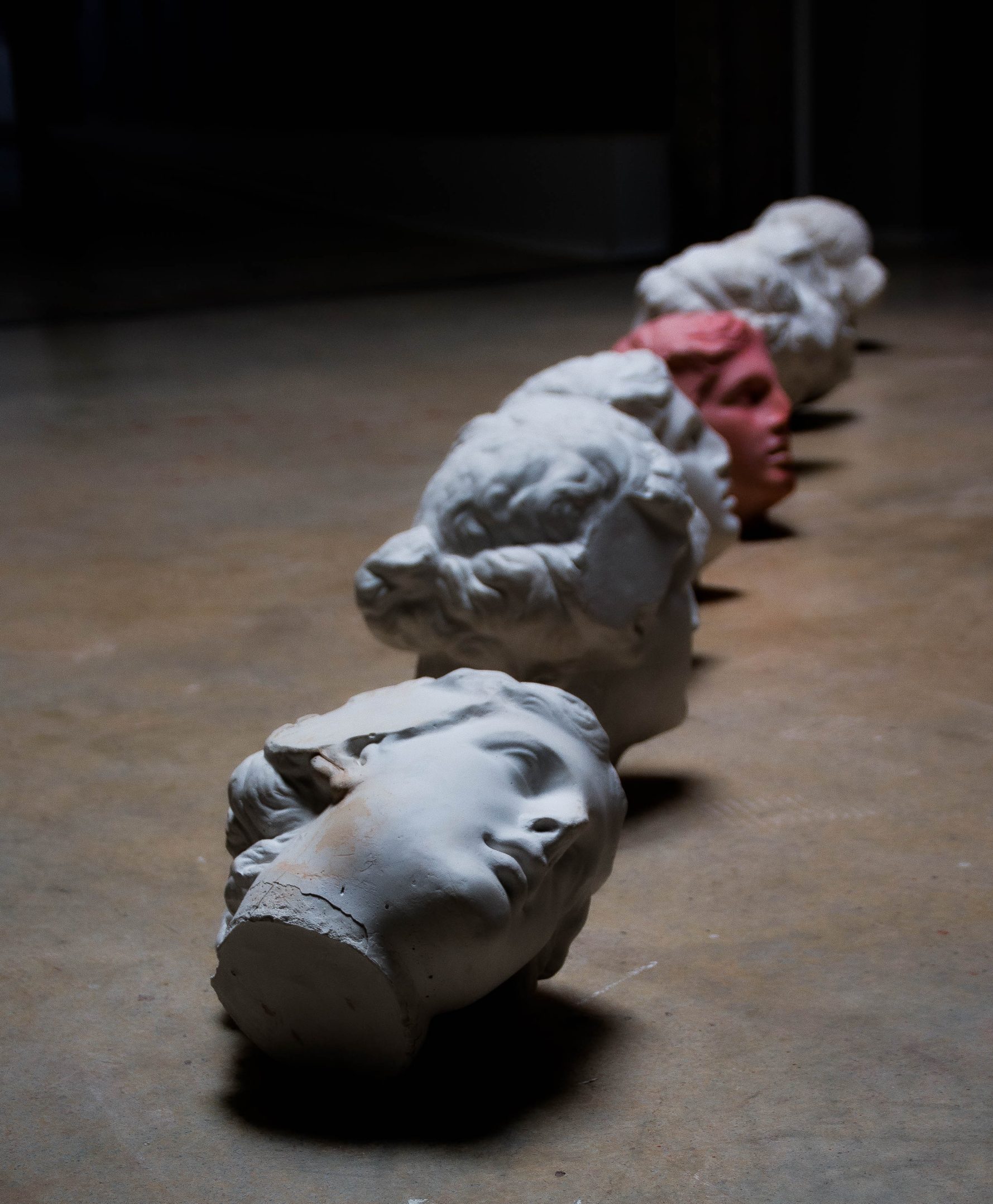
Josep Tornero. The Future Was Yesterday [a little essay], 2024.
Photo by Rosa Mª García.
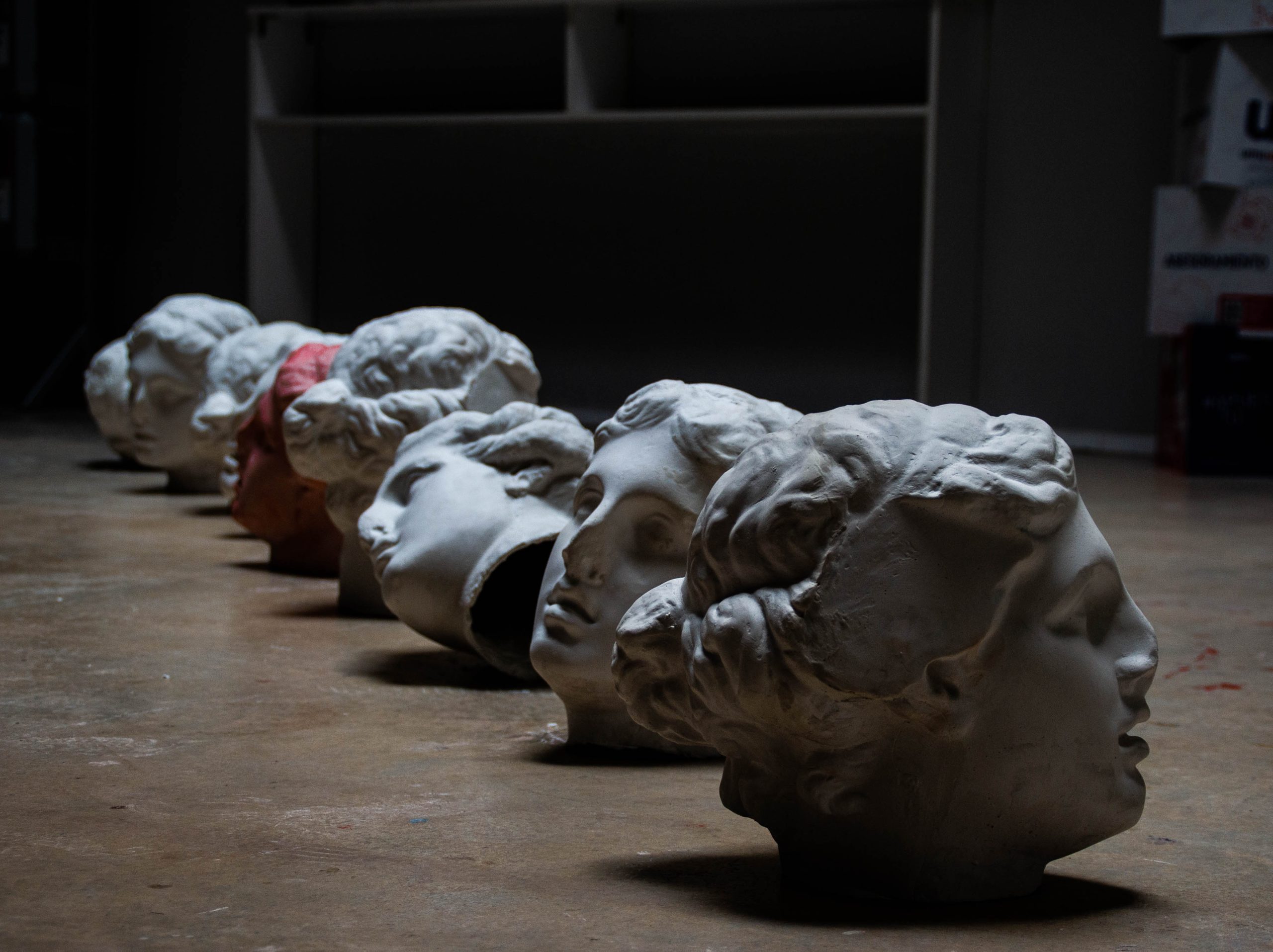
Josep Tornero. The Future Was Yesterday [a little essay], 2024.
Photo by Rosa Mª García.
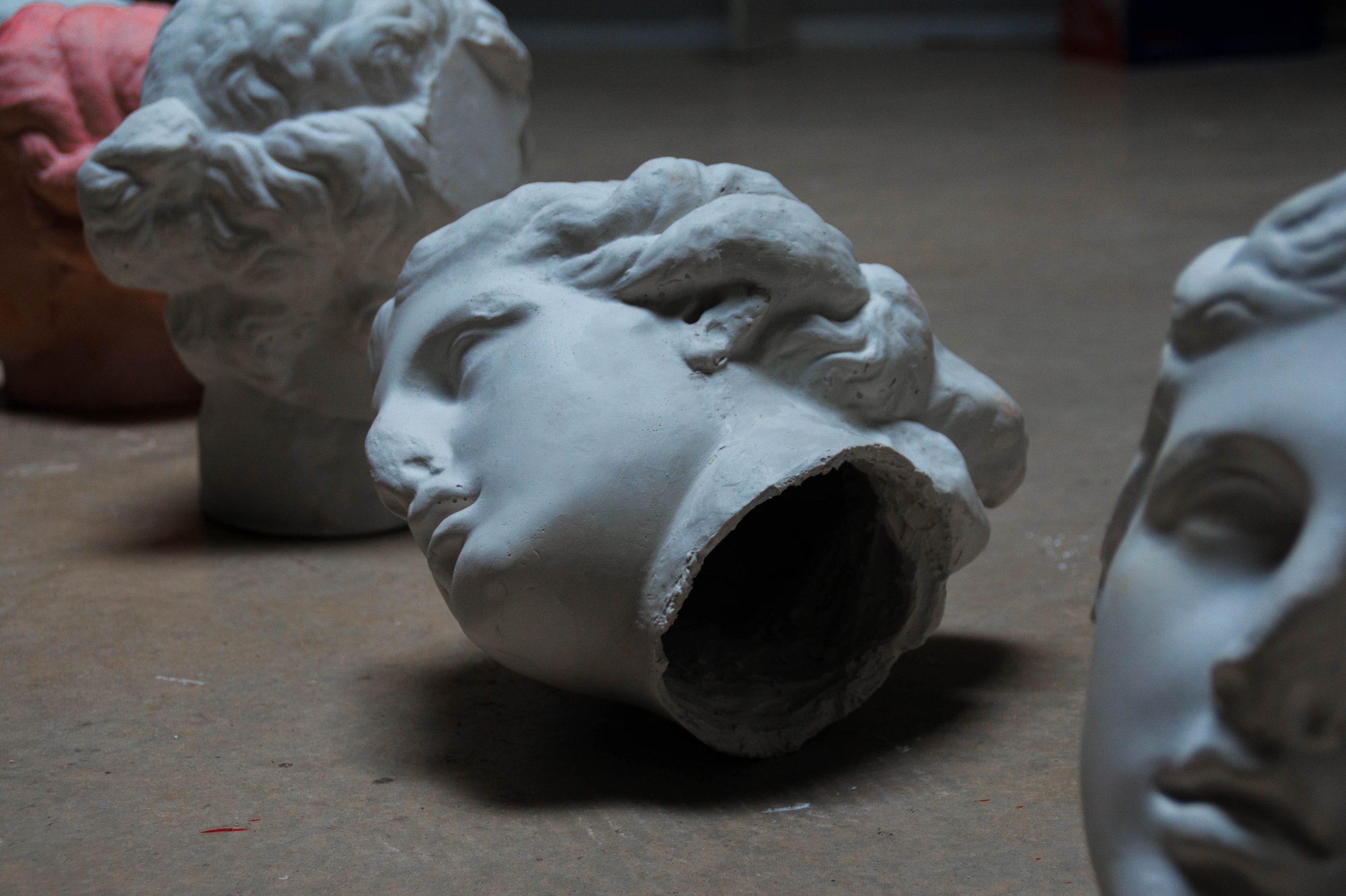
Josep Tornero. The Future Was Yesterday [a little essay], 2024.
Photo by Rosa Mª García.
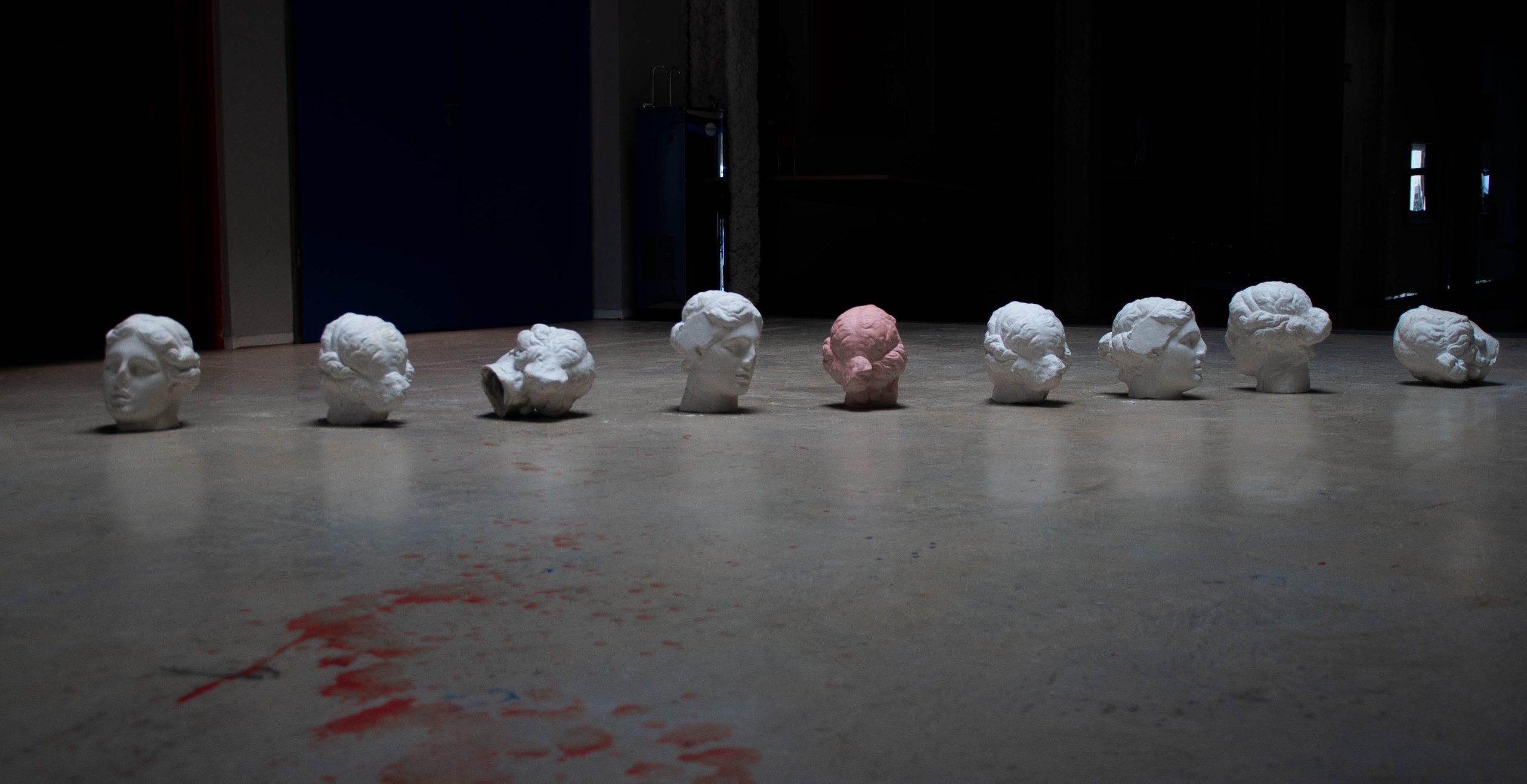
Josep Tornero. The Future Was Yesterday [a little essay], 2024.
Photo by Rosa Mª García.
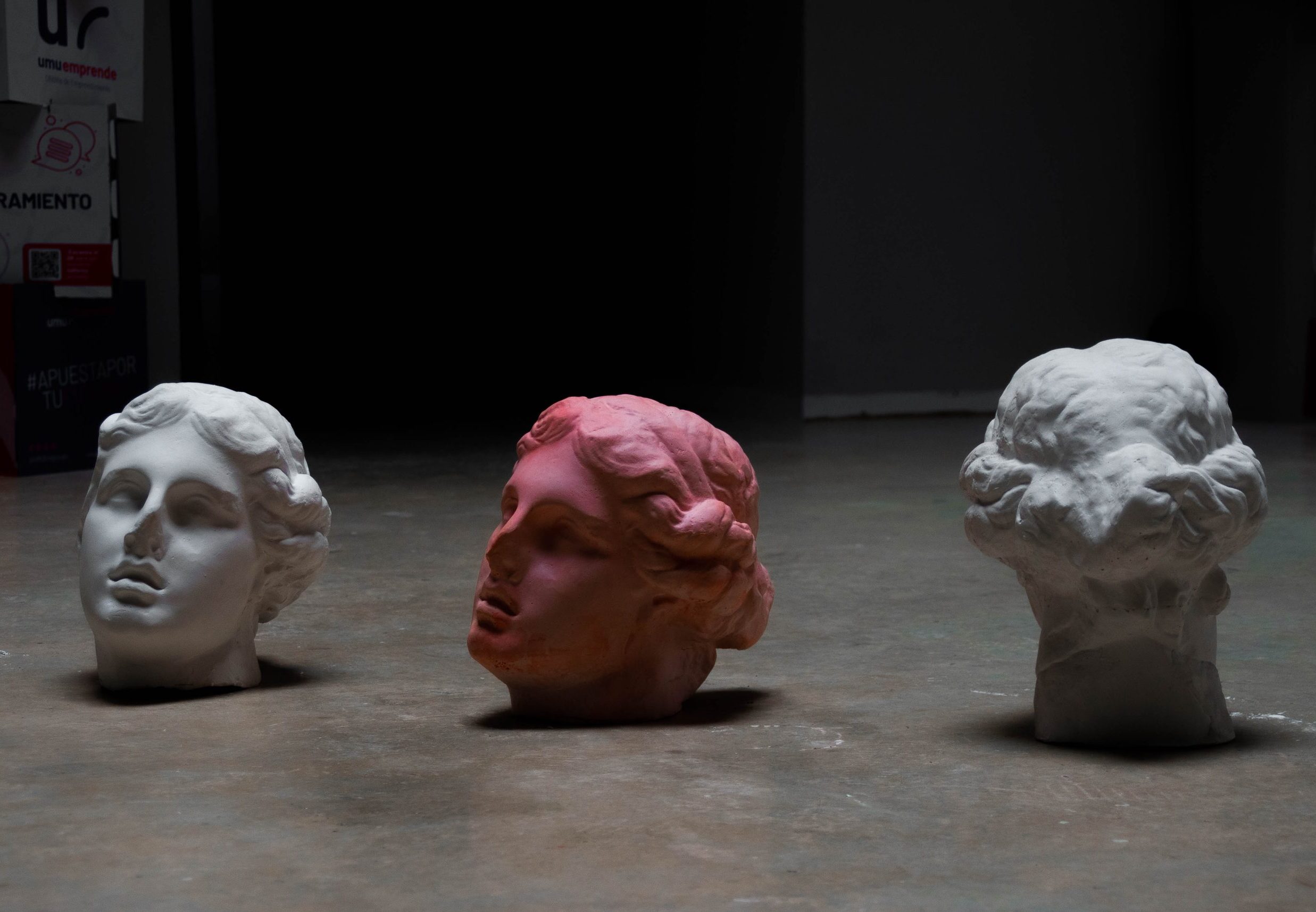
Josep Tornero. The Future Was Yesterday [a little essay], 2024.
Photo by Rosa Mª García.
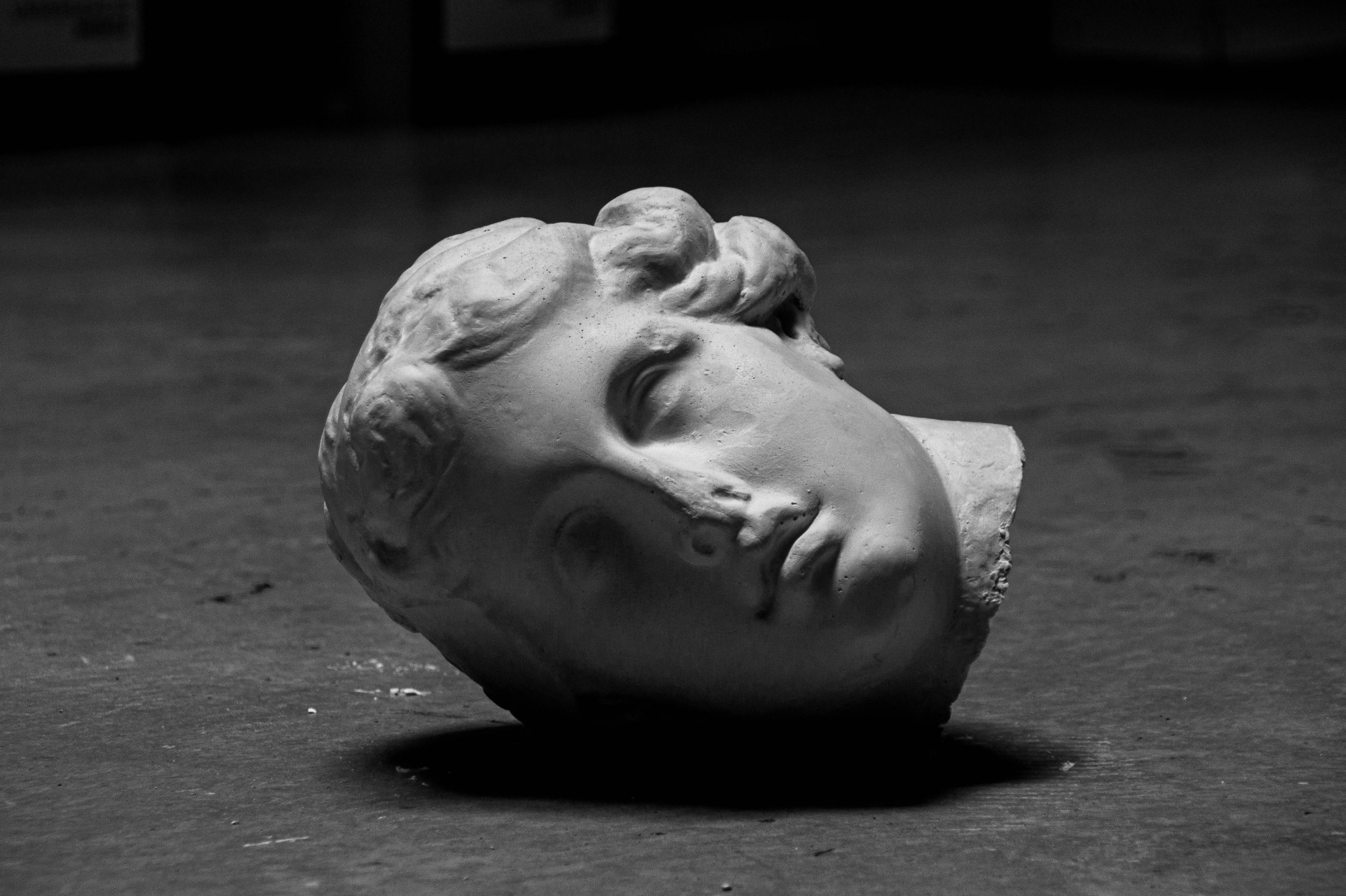
Josep Tornero. The Future Was Yesterday [a little essay], 2024.
Photo by Rosa Mª García.
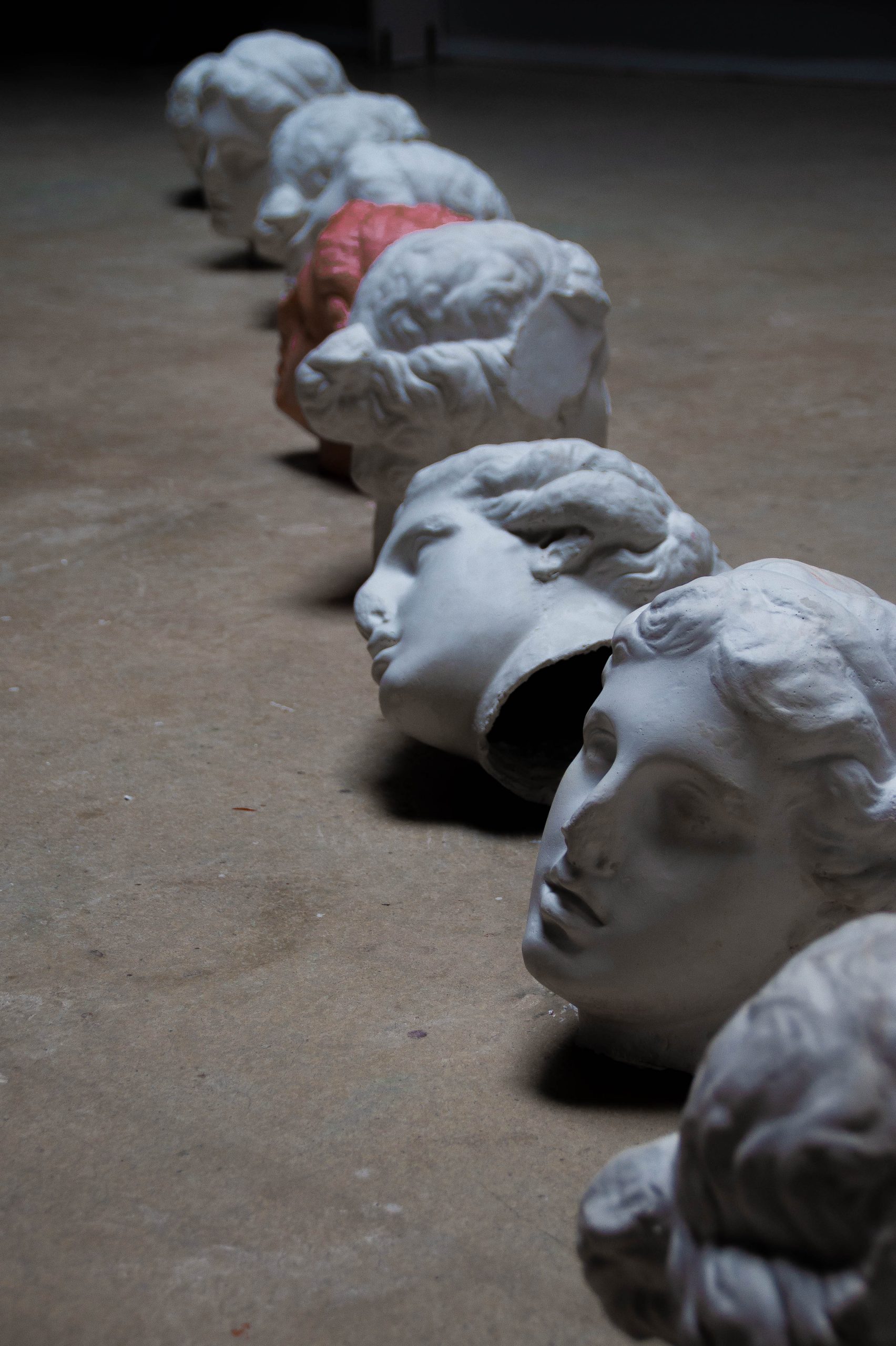
Josep Tornero. The Future Was Yesterday [a little essay], 2024.
Photo by Rosa Mª García.
